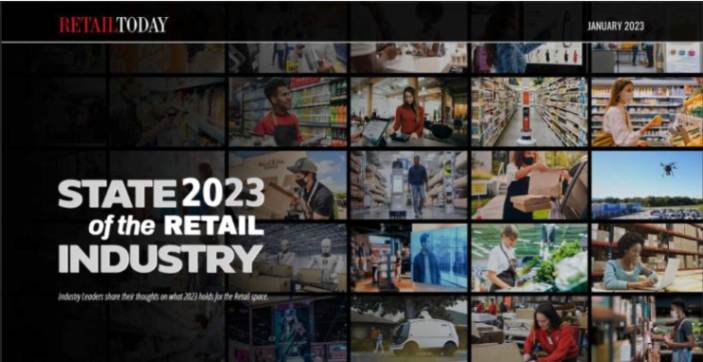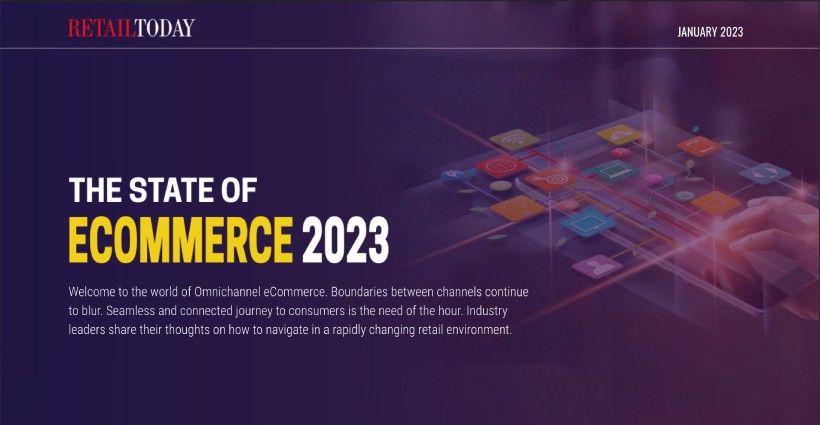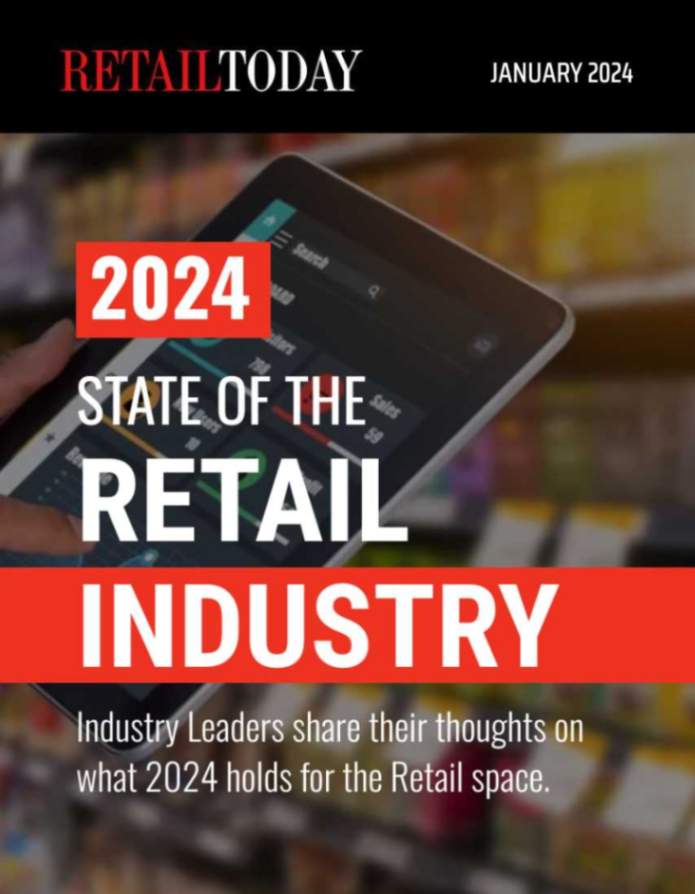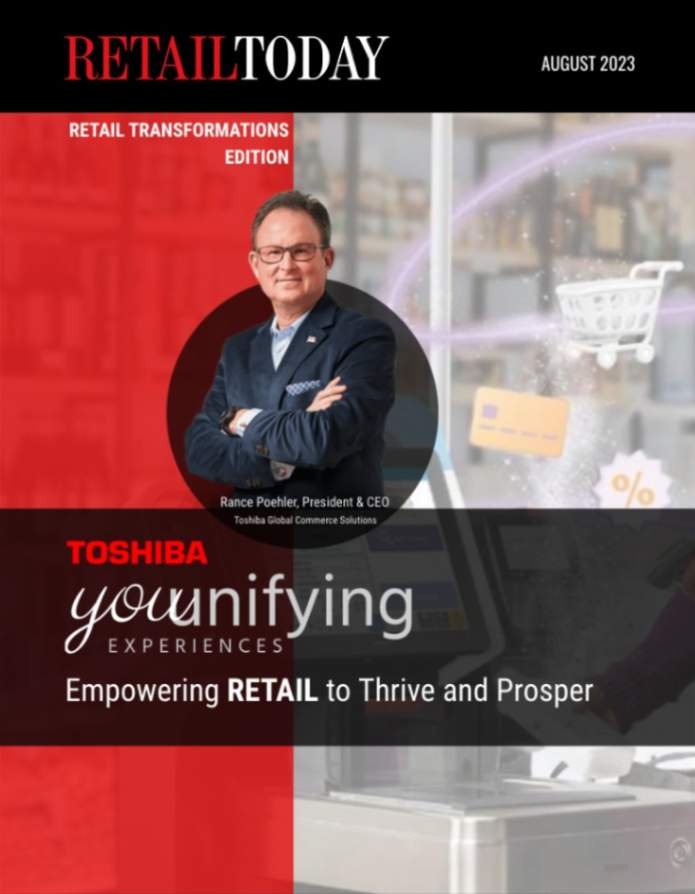
The federal student loan repayment pause that began in March 2020 during the height of pandemic uncertainty has come to a close. For millions of Americans, this means student loan bills will start coming due once again after over two years of relief. The timing couldn’t be worse for retailers banking on robust holiday sales. With persistent inflation resulting in higher prices and interest rate hikes consumers may take a more cautious approach to holiday-related spending this year. In 2022, Deloitte estimated people spent approximately $1500 on their holiday shopping, so once the resumption of student loan payments begins it could pull hundreds of dollars per month out of household budgets right when discretionary spending typically peaks.
PYMNTS recently surveyed over 2,000 U.S. consumers, with 90% of the respondents who have student loan debt expressing concern about payments resuming. Credit.com reports that 13% of the U.S. population, or around 44 million residents, carries some form of student loan debt, and The College Investor estimates that the average monthly payment is $393.
Analyst Michael Morton from MoffattNathanson noted in Investor’s Business Daily that “the average student-loan-bearing consumer is about to experience a 14% to 19% hit to their discretionary spending power.” These factors could foreshadow weaker holiday sales as consumers tighten belts and divert funds toward debt obligations and essentials rather than discretionary purchases and gifts.
Being proactive to drive profitability
To prepare for what might be a less profitable holiday season, retailers should respond proactively to persuade cautious consumers to open up their wallets at the holidays. Here are some strategies retailers can use to increase consumer engagement over the holiday shopping peak:
- Lean into loyalty programs. Did you know that Ulta has reported 95% of its sales come from its loyalty program members? With that in mind, and especially since price-conscious consumers will be looking for any way they can to save, retailers should provide exclusive discounts for loyalty program members. Retailers must also continually promote sign-ups for their loyalty program and make the process of earning and redeeming rewards and discounts simple and fast. Loyalty programs have the added benefit of allowing retailers to capture more behavioral and purchase data, which in the future means they can create personalized offers that are more relevant and appealing to members.
- Highlight budget gifting options. Low-priced gifts, for example, those under $25, and DIY gift baskets can appeal to thriftier shoppers. (As an example, see what Target is doing.) Merchandise and market these gift suggestions both in-store and online, and be sure to highlight them in promotional emails, on the site, through social media, etc. to make shoppers aware of lower-priced offerings. And don’t make them think or go through hoops to find these items.
- Promote private labels. High-value private label brands can be substituted for pricier national brands. In fact, PYMNTS reported that one-third of consumers have “traded down” from buying their favorite premium brands to save money. Leverage this preference by promoting private label offerings alongside branded merchandise wherever possible to quickly surface available options to consumers that best suit their budget.
- Leverage social media product discovery. Instagram and TikTok enable product discovery and trend spotting for deal-focused shoppers. Retailers should use their own social media channels to showcase the best deals from their product catalogs. Develop a social media promotions calendar now to fully leverage this channel by highlighting great deals or special promotions on products in certain categories, in certain price points, on-trend items, etc.
- Ensure product data feeds are accurate. It’s been reported that Black Friday accounts for nearly 13% of all retail sales in the U.S. With prices likely to be a significant factor as consumers look to stretch their budgets despite higher prices, a store’s discount strategy must be on point and all data feeds in turn must be absolutely accurate and up to date.
Zippia reports that 36% of consumers will start their Black Friday shopping on Google, and 88% will also compare prices to ensure they’re getting the best prices. Therefore, product data feeds, such as those which power Google Shopping ads, comparison shopping engines, marketplaces and affiliate feeds powering product catalogs and third-party affiliate publishers, need to be completely accurate. This will decrease the potential for a mismatch between what’s available and what gets promoted via those feeds. A mismatch may lead to poor customer experiences and lower online sales conversion rates. In addition, a brand risks being excluded from promotions, especially those driven by algorithms and third parties that require correct product and pricing information.
Deliver value and be rewarded in return
The end of the student loan payment moratorium threatens retailers’ hopes for a profitable holiday season. But by meeting cash-strapped consumers where they are, retailers can provide the right incentives and savings to coax spending despite shoppers’ hesitancy. Promoting value pricing and empowering customers by assisting them with smart spending strategies will be critical this holiday season and will enable the retailers that take this approach to gain brand affinity, increasing customer engagement, and loyalty as a result.
Michelle Wood oversees the merchant network side of the Wildfire Systems platform. Her team builds productive partnerships with online retailers and affiliate networks, bringing them into the Wildfire platform and improving their incremental revenue opportunities. With over 16 years of experience in digital media, affiliate marketing and influencer media sales, Michelle has worked with many of the world’s most notable enterprise e-commerce companies to acquire new and loyal customers and exceed revenue targets with positive ROI. Prior to Wildfire, she held executive positions with leading performance marketing companies including ShopAtHome.com and Coupons.com.






